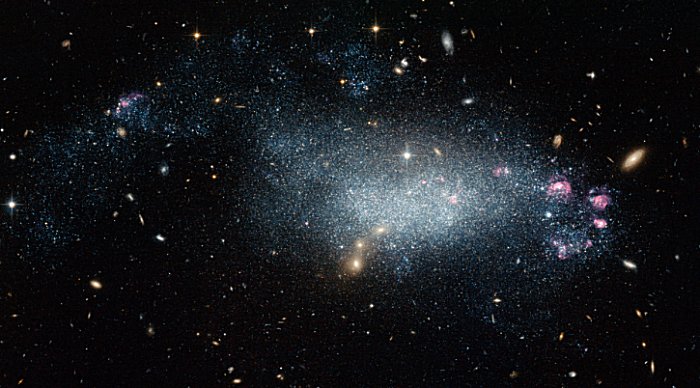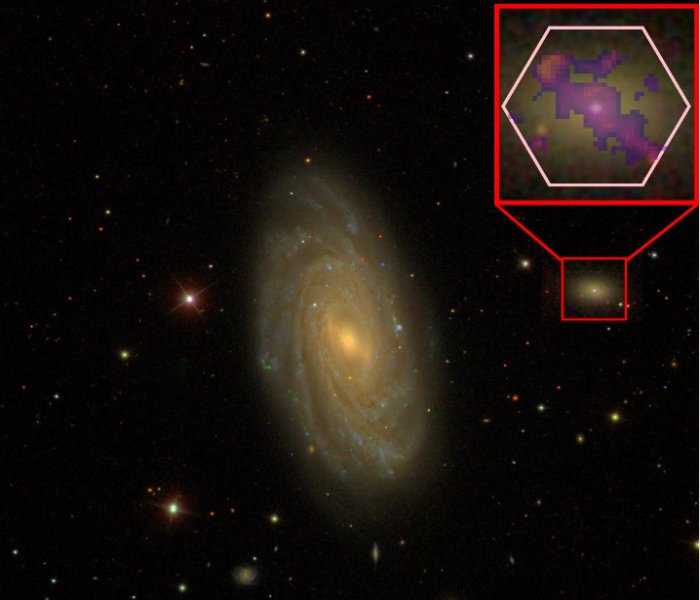MessageToEagle.com – Astronomers from the University of Portsmouth have found evidence that supermassive black holes prevent stars forming in some smaller galaxies.
These giant black holes are over a million times more massive than the sun and sit in the center of galaxies sending out powerful winds that reduce the star-making process.

A new study has proved their influence on dwarf systems and their role in the process of star formation in dwarf galaxies.
Dwarf galaxies – far more numerous than bigger systems – are composed of up to 100 million to several billion stars.
“Dwarf galaxies outnumber larger galaxies like the Milky Way 50 to one,” says lead researcher Dr Samantha Penny, of the University’s Institute of Cosmology and Gravitation. “So if we want to tell the full story of galaxies, we need to understand how dwarf systems work.”

Samantha Penny (Institute of Cosmology and Gravitation, University of Portsmouth) and the SDSS collaboration
In any galaxy stars are born when clouds of gas collapse under the force of their own gravity. But stars don’t keep being born forever – at some point star formation in a galaxy shuts off. The reason for this differs in different galaxies but sometimes a supermassive black hole is the culprit.
Supermassive black holes can regulate their host galaxy’s ability to form new stars through a heating process. The black hole drives energy through powerful winds. When this wind hits the giant molecular clouds in which stars would form, it heats the gas, preventing its collapse into new stars.
Previous research has shown that this process can prevent star formation in larger galaxies containing hundreds of billions of stars – but it was believed a different process could be responsible for dwarf galaxies ceasing to produce stars.
MessageToEagle.com
Expand for referencesReferences:






